Fight for Survival – A Canoe Trip Turns Deadly
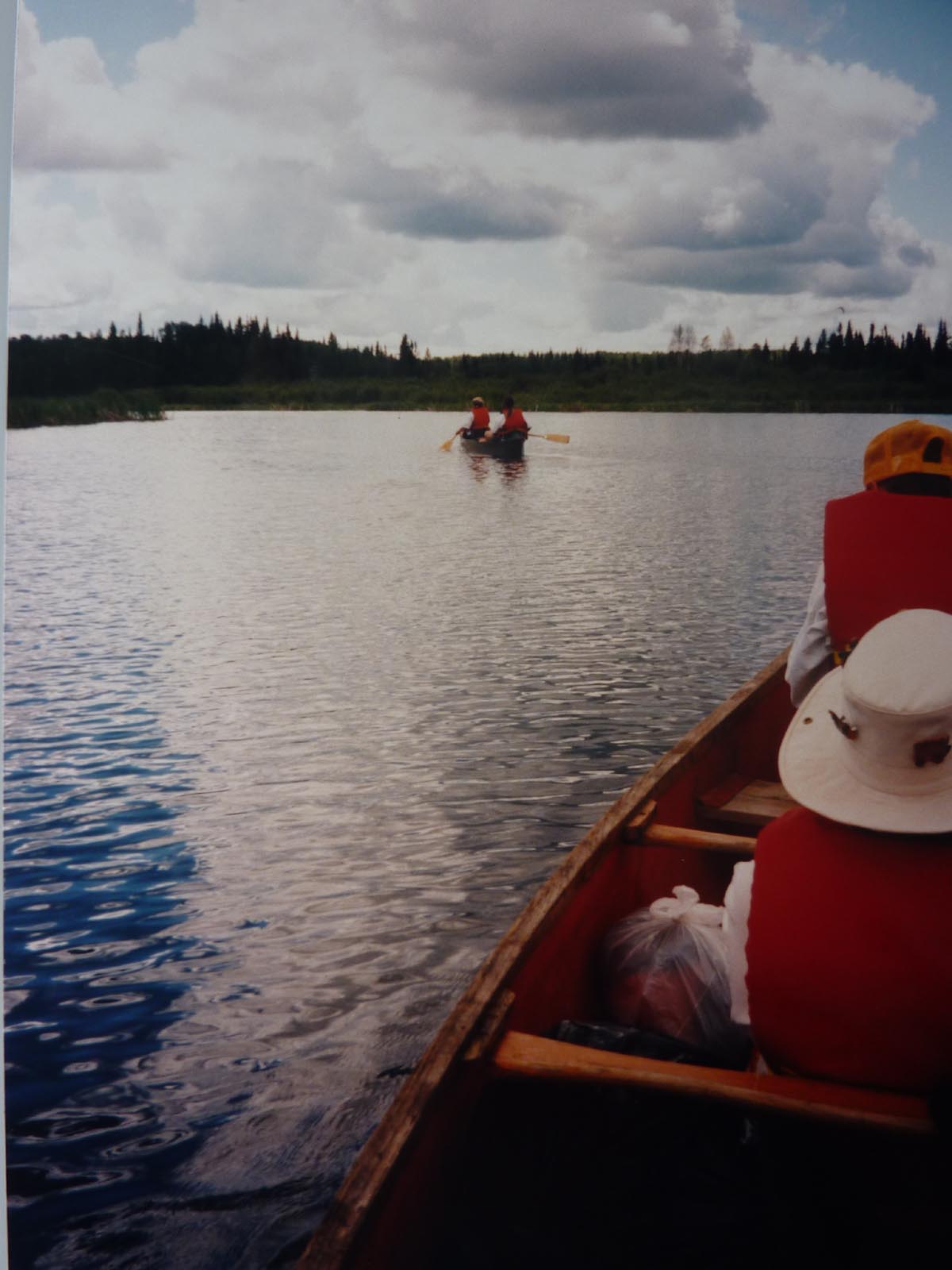
Photo: The calm expanse spreading before us belied the trecherous waters that lay beyond.
Saturday, June 7, 1997
Over the roar of the surging water, I hollered to Lynn, “Drop your paddle, grab a tree root and hold on hard or we’re going over.”
In the bow, Lynn turned. She had been holding her paddle against a tree stump to keep us clear but we were broadside in the creek and rocking badly. Her face was ashen – we were in immanent danger of being thrown into the raging water.
The same direction was given to Sean who was gripping the centre yoke so tight his knuckles had turned white, “Sean, slide over, grab that root and help your mom.”
My voice must have conveyed the urgency, for as frightened he was, he did exactly as told, something he was not always prone to do. Trapped in the stern, just a few feet from the root, my paddle was less than useless. If we didn’t manage to break free and swamped, well…
Our adventure began early Saturday while visiting mom and dad at the W & L Skarsen Farm, fifteen kilometers west of Cold Lake, Alberta, where my younger sister, Dianne, and her family, from Campbell River, were also visiting. While helping our step-father feed the stock, Dianne spied a couple of ‘Uncle Franks’1 canoes behind the barn.
Not one to sit around and waste a great day, Dianne called me over: “Come on brother, let’s grab Michel, Lynn and the kids and spend a few hours paddling down Marie Creek! I was over at our old farm yesterday and the creek looks like it would give a pretty good paddle. Lots of ducks and birds around and I don’t think Kaiya or Sean have ever seen a Beaver Dam let alone an honest to goodness Beaver.”
Dianne is one of those gung-ho outdoor types who, with a government job that demands a lot of time in an office, loves the great outdoors – the further from civilization the better. Along with her partner Michel and younger daughter, Kaiya, Dianne moved from Edmonton to Campbell River a few years earlier. For sis and her family, it was like suddenly being transported ‘nirvana’.
The family took to the coastal waters and wilderness with a vengeance usually reserved for those on a crusade. I mean, who else beside Dianne and her family would consider taking a VW “hippy van” geocaching forty miles from the middle of nowhere in a moss covered, rain soaked, old growth forest, to be fun?
Not many I suppose, but given we were a thousand miles from the ocean and it was a beautiful spring morning, I though her idea sounded terrific, “I’m all for it sis, but I might have a bit of trouble convincing Lynn. She’s not big on small boats, especially canoes.”
Actually, I thought this canoe trip would be pretty tame stuff Dianne and Michel who had faced down more than one West Coast gale that had sent lesser souls scurrying for cover in the nearest harbour. I am not ashamed to say that being in a kayak or canoe in some of the weather we get on the west coast is not on my Bucket List. No thank you, I am on Lynn’s side on that point.
I caught up with Lynn in kitchen playing Scrabble with my other sister, Louise, and our Aunt Pat. The three of them are scrabble nuts – no – more scrabble fiends. Aunt Pat lived in a nearby senior’s centre but was out for an early visit to catch some scrabble time. The three of them could wile away a whole day, even two or three days, hunched over a board making words. The downside for Louise and Lynn – Aunt Pat, well into her eighties, could play the two of them under the table. They once tried to ‘tag-team’ Aunt Pat, but she still outplayed them.
After Lynn’s turn, I explained what Dianne and I had in mind. To my surprise she immediately replied: “Sure, sounds like fun, just wait till we finish this game.” A half hour later we had collected the canoes, paddles, kids, a good sized lunch from mom, a bottle of wine (for emergency purposes) and were on our way.
When we reached the launch site, I was surprised to see so much water surging under the bridge but, scanning beyond the highway, noted the water spread out over several hectares of marshy flatland and the flow seemed barely discernable.
For the first hour that balmy spring morning, we paddled across a large expanse of water then entered a jig-saw maze of channels formed within bulrushes and marsh grass. On the water, in the air and among the rushes, colorful songbirds and ducks went about the business of building 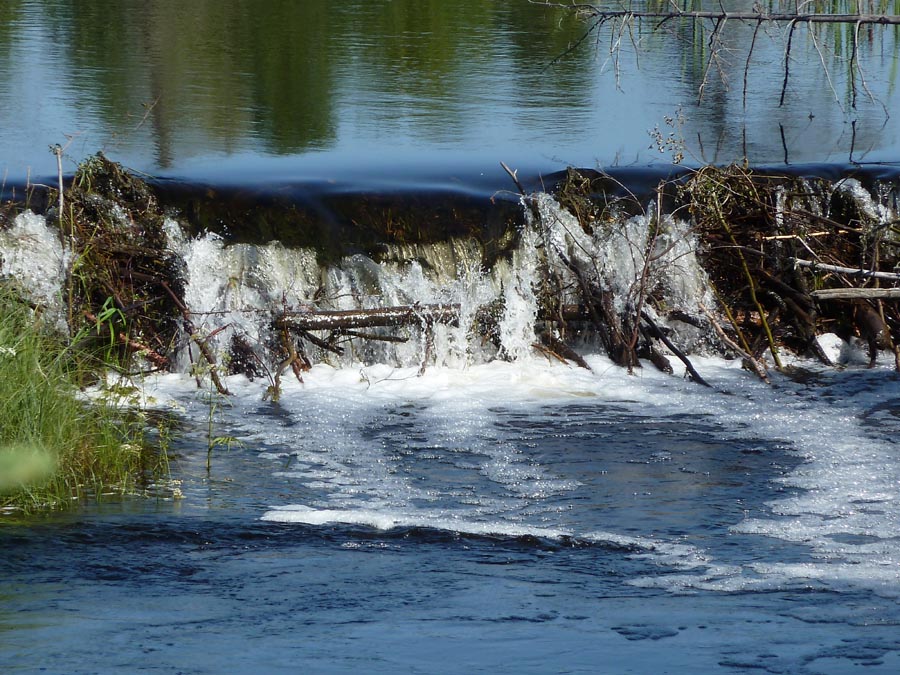 nests, finding a meal or, if their brood was recently hatched, dropping food into hungry little beaks. Small groups of ducklings gathered behind mom, would take off half running and pretend flying, whenever we approached to close.
nests, finding a meal or, if their brood was recently hatched, dropping food into hungry little beaks. Small groups of ducklings gathered behind mom, would take off half running and pretend flying, whenever we approached to close.
Photo: One of the many Beaver Dams along Marie Creek. Even on the downstream side of each dam, water levels were at an all time high. Going over a dam with the canoe would have been dangerous due to all the protroding limbs and branches.
In Marie Creek that iconic symbol of Canada, the Beaver, has made a huge comeback and was now considered by many farmers whose properties bordered the creek, to be a difficult neighbor. Along the creek banks, hundreds of poplar trees have been felled by these energetic little animals as they continue to build more dams and lodges. In some sections the dams stretch over 75 meters creating large expanses of water behind each dam and flooding the surrounding lands and forests.
At our third dam of the morning, the largest so far, the water dropped nearly two meters – too high to safely navigate given the number of the braches and roots protruding from the dam face. We pulled out and portaged through the heavy undergrowth which raised a veritable storm of mosquitoes, sand and horse flies. Thank goodness for that gallon can of Deep Woods Off.
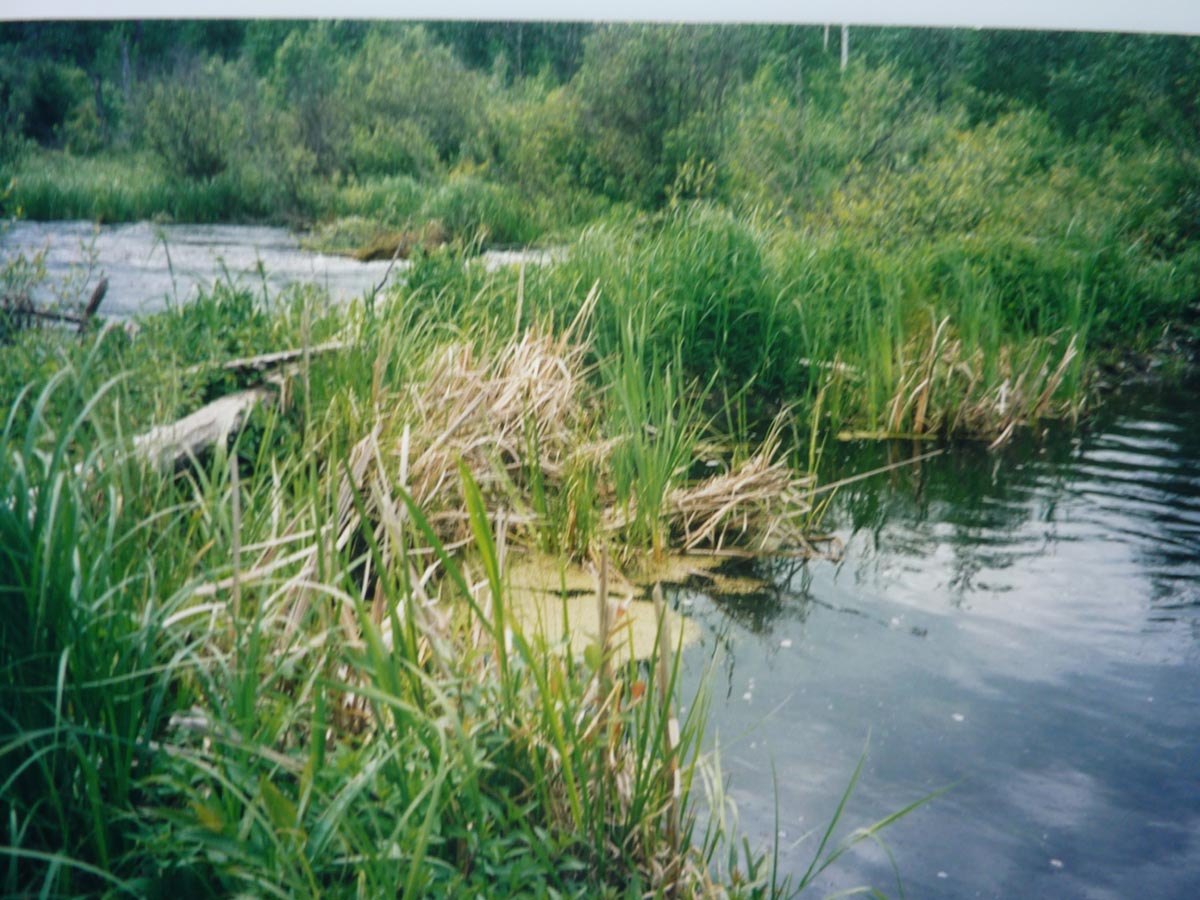 As we again neared the creek bank, we discovered the moss covered earth became spongy and I suddenly broke through, falling to my waist. I grabbed the edge of the canoe to avoid dropping all they way down into what was a fast flowing underground stream. If one of the kids had broken through they could easily have disappeared in a split second. From that point they remained in the canoes whenever we walked near the creek bank.
As we again neared the creek bank, we discovered the moss covered earth became spongy and I suddenly broke through, falling to my waist. I grabbed the edge of the canoe to avoid dropping all they way down into what was a fast flowing underground stream. If one of the kids had broken through they could easily have disappeared in a split second. From that point they remained in the canoes whenever we walked near the creek bank.
Continuing down steam, the valley walls began to rise and water flooded back into the poplar and willow. Floating debris and half submerged tree roots washed off the hillsides, filled the channel any one of which could have holed our canoes.
At one point we maneuvered together, held fast to a tree and discussed whether it would be possible to back track or, perhaps, climb out. The flow of the creek made traveling upstream impossible and reaching the back, blocked by debris and rushing water, seemed impossible. We choose to continue.
As Dianne and Michel were more experienced, they took the lead and tried to chart a path through the increasingly dangerous waters. We attempted to stay close but a combination of inexperience and treacherous water propelled us into a separate channel.
In the distance we could hear the dull roar of rapids and on rounding the next bend, the creek became a raging torrent as the gorge narrowed even further. The rushing water, filled with floating debris, surged through the trees in a tangled mass.
As we shot through a narrow gap, the canoe was suddenly thrown sideways by the churning water and the bow snagged in large root. The canoe nearly flipped and would have completed an end 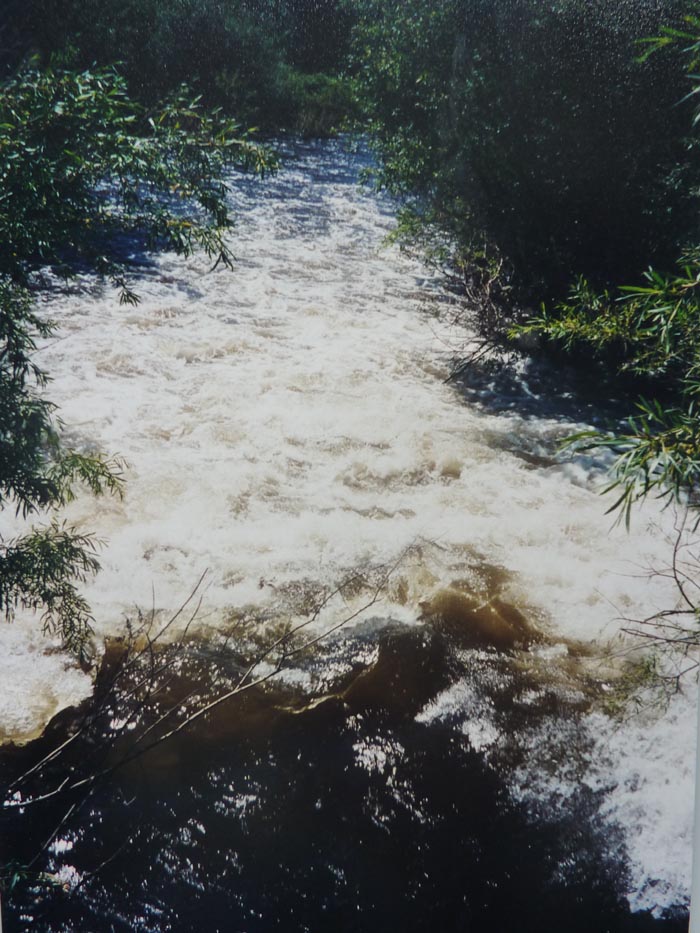 for end turn but, after turning only 90 degrees, it jerked to a halt. Surging water pounded against the side and each time it rocked, water poured over the gunwale. Breaking free and reaching a small channel about 10 meters off our bow was our only chance.
for end turn but, after turning only 90 degrees, it jerked to a halt. Surging water pounded against the side and each time it rocked, water poured over the gunwale. Breaking free and reaching a small channel about 10 meters off our bow was our only chance.
Photo: The rushing water had cut a new channel through the trees and shrubs.
With Lynn clinging to the tree root and Sean holding the willows, I desperately tried to find out why the canoe was stuck. What was holding us? Looking over the stern, the problem became apparent – a five yard length of nylon rope that had been trailing behind was stretched taunt. A knot in the end had likely snagged on a submerged root or limb. The other end was attached to the stern with a knot that would be impossible to untie. Cutting it off was the only option.
I hollered to Lynn, “Check the first aid kit and see if we have that knife?”
With one hand holding the tree stump, she used the other to flip open the kit. Luckily, it contained a small, folding camp knife we had carried for years. Lynn threw it to Sean but it dropped in the water that now covered his feet and legs as he knelled on the bottom. He fished it out, slipped over the centre board and crawled back far enough to hand it to me. He then returned to his spot and helped to stabilize the canoe against the roots and willows.
I told the two of them, “When I cut and the rope is about to give, I want the two of you to pull as hard as you can toward that next channel.” They nodded and I began to cut. As last stand of nylon snapped, I hollered and they pulled. We moved quickly through the heavy brush and surging water and as soon as the bow nudged into the next channel. The force of the water grabbed and we swung downstream.
While the surging water was about the same force as that we had just left, it was not nearly as clogged with debris and within a couple of minutes we entered an area of calmer water.
We could see Kaiya standing on the bank but Dianne and Michel were sitting in their canoe centre near the shore. I assumed they wanted to be ready to help if we had washed out in our life jackets or had lost our paddles. As soon as they saw us they frantically hollered for us to paddle hard towards the bank. The reason soon became clear. We had just reached the next highway where the creek narrowed to less than 3 meters as the water was channeled into a giant culvert the surface of which we could not see as the water had nearly breached the highway. Pieces of debris were being sucked down into the vortex at the culver entrance as if a plug had been pulled in a giant sink.
Once safely on land, we were filled with an immense sense of relief. That the six of us had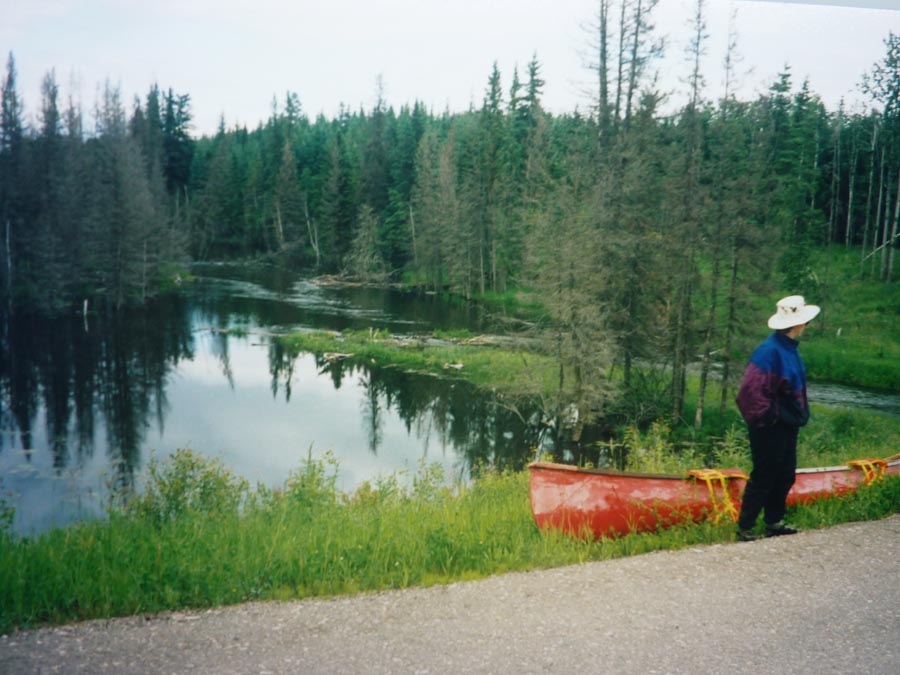 managed to come through unscathed was a small miracle. We hugged and shivered uncontrollably even though it was a hot day. How this mild mannered creek of our youth had suddenly turned into a raging torrent was hard to comprehend. After we settled down loaded the canoes and headed back to the farm in a second car we had left parked at this point.
managed to come through unscathed was a small miracle. We hugged and shivered uncontrollably even though it was a hot day. How this mild mannered creek of our youth had suddenly turned into a raging torrent was hard to comprehend. After we settled down loaded the canoes and headed back to the farm in a second car we had left parked at this point.
Photo: Lynn on safe ground after making shore at the next highway. At this point the creek had widened and water speed subsided. See photo below of the giant culvert under the road.
The next day Lynn and I biked to another point where the creek crossed the highway near the Air Base. We again had a chance to see just how dangerous the waters of Marie Creek had become. While I had taken several photos during the early hours of our canoe trip the previous day, I had no opportunity snap any during the most dangerous part.
Over the years I have often thought about how that quiet family outing that had turned into a fight for survival, a fight we had come so very close to losing.
Harold McNeill
Yellow Head Hwy
June 2000
1 Our brother-in-law, Frank Yockhim operated the Marina in Cold Lake, something he, Louise and their family had been doing for the previous 30 years. During the winter he stored the canoes and other rental craft at the farm.
2 Five photos in the Photo Gallery were borrowed from the Web: 1. Beaver Lodge schematics. 2. Bird in bullrush. 3. Tree cut by Beaver, and 4. Picture of Beave in the water. No credits were available for these photos.
Post Script
A week after our harrowing experience, an article appeared in the Edmonton Journal telling how a group of eight men on an annual canoe trip down the Sand River, a hundred miles further north of Marie Creek, had nearly drowned under circumstances similar to ours.
The men, with their canoes, equipment and supplies, had been flown into a remote area noth of Cold Lake a week or so earlier. For the first couple of days everything went according to plan although the river level was much higher than on previous trips. On the third day, after heavy rains, conditions began to quickly deteriorate and the water to rose well above flood stage and on the third morning roots and debris began to clog some channels.
The men soon became separated as the river Gorge narrowed and the canoes were pushed into different channels. Only two canoes made it out of the trecherous gorge waters. Finding an area of calmer water beyond, the four men put ashore and anxiously awaited their companions. A short while later, two overturned canoes along with various pieces of camping equipment floated out of the gorge. There was no sign of their missing comrades.
Given the heavy flood conditions, there was no possibility of making their way back up the gorge. They feared the worst. After waiting for a couple of hours with no further signs, two of the men downstream to find help while the other waited at the base of the gorge.
Search and Rescue was eventaully contacted and a helicopter from the CFB Cold Lake was dispatched. They picked up two who had phoned in and guided them back to the area. After a short search the four the missing men were found safely perched in a clearing above the Gorge. All were cold, hungry and suffering from mild hypothermia but where otherwise in good condition.
They told of being caught in a root and tree filled area that holed and tipped their canoes. Luckily, they were close to the river bank and were able to help each other reach shore. They climbed out through the heavy brush, built a small shelter and hoped the others had made it through and would bring help.
It seems the heavy rains in north-eastern Alberta over a two week period had caused heavy flooding on the Sand River and tributaries that feed down to the lower lakes that eventually feed Marie Creek.
Life, as we know to well, sometimes hinges on a very thin edge.
Harold
Additional Photos
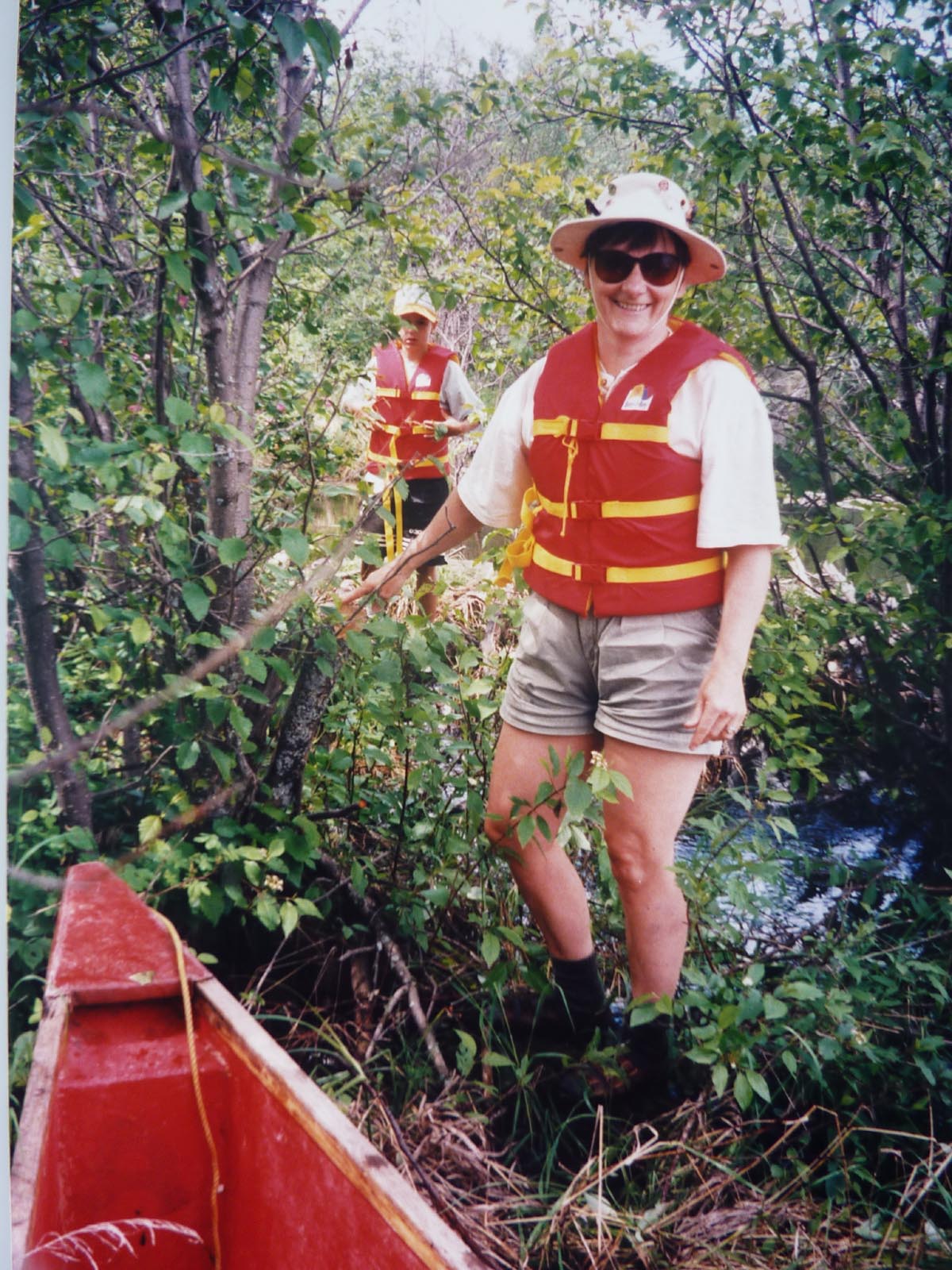
Lynn and Sean on Portage. It was diffuclt charting a course in the heavy underbrush as the creek had cut so many side channels.
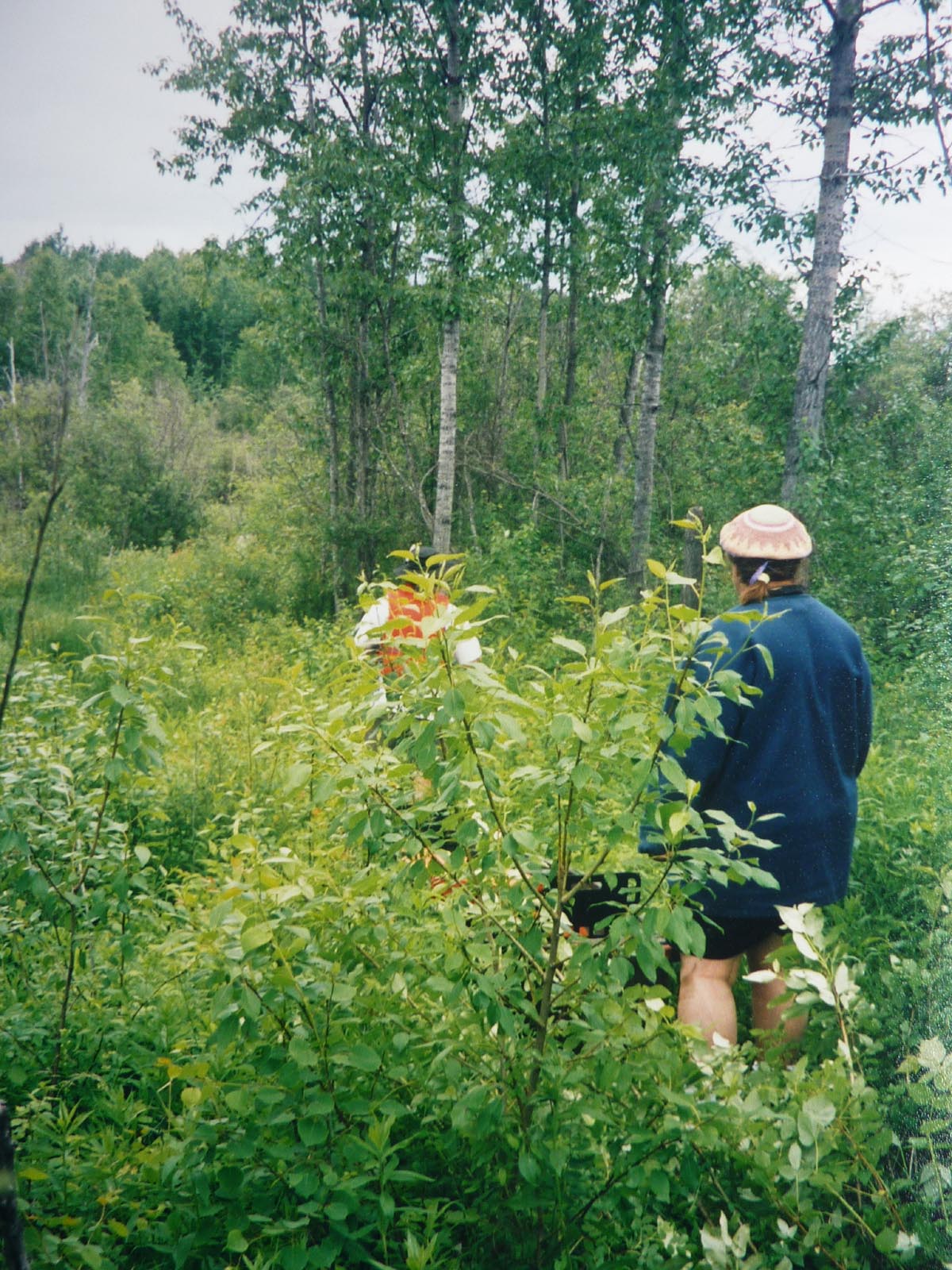
Dianne and Michel take the lead through the undergrowth as we look for another location to join the creek. At this point the walls of the valley had not closed in.
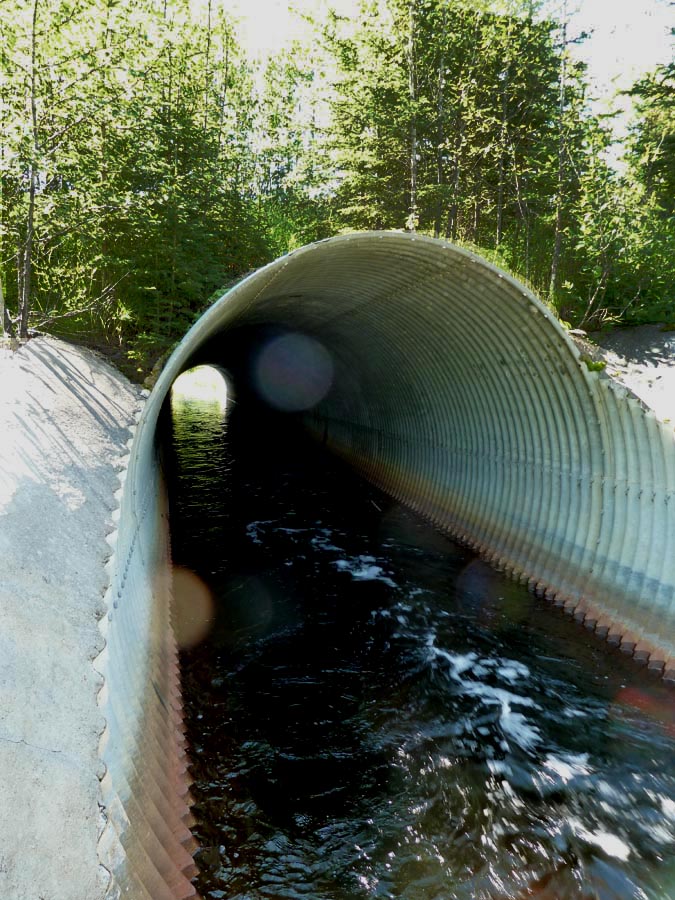
A few years later I had a chance to drive to the area when water levels were at a normal level. At the time of our trip this culvert (at our exit point from the creek) was about 10 feet below the water.
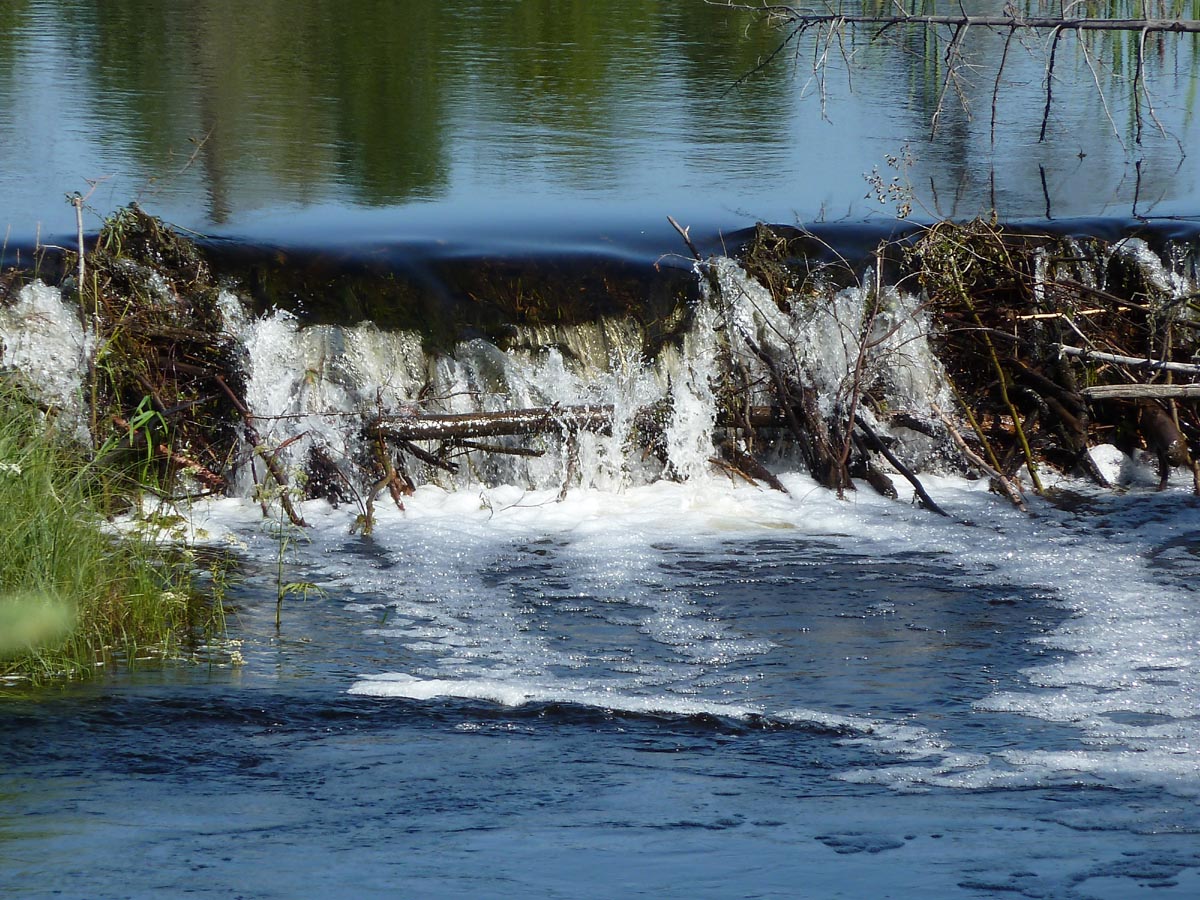
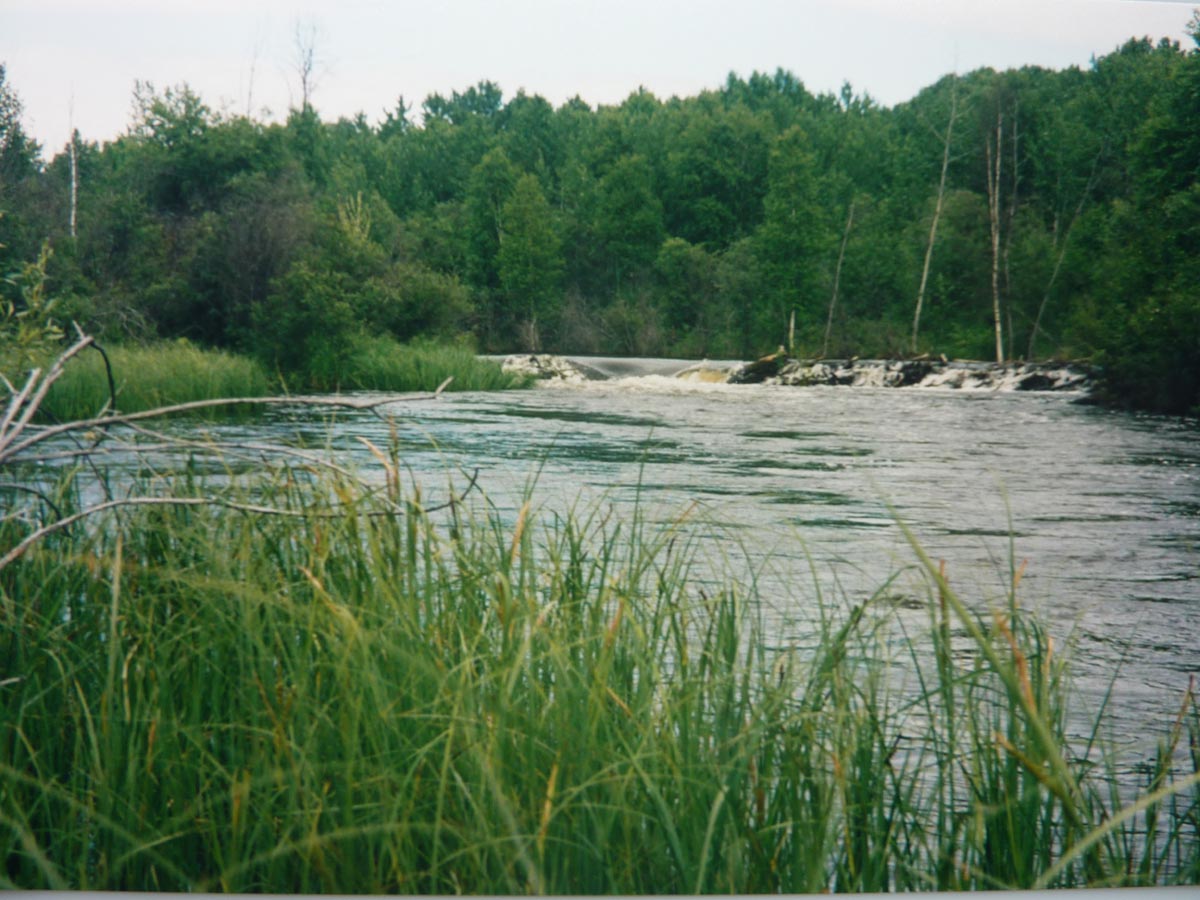
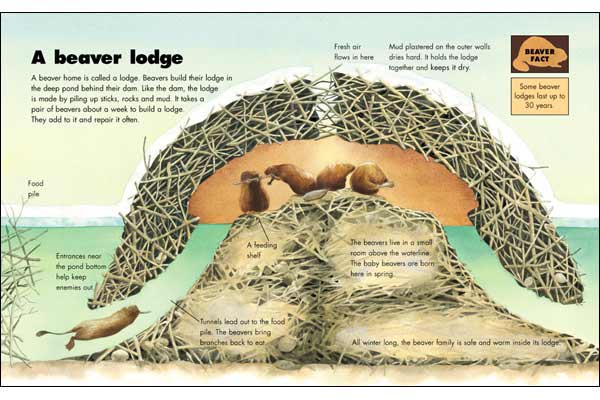
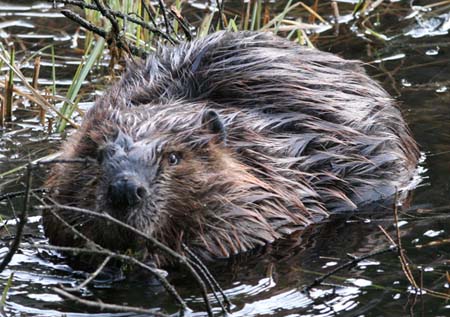
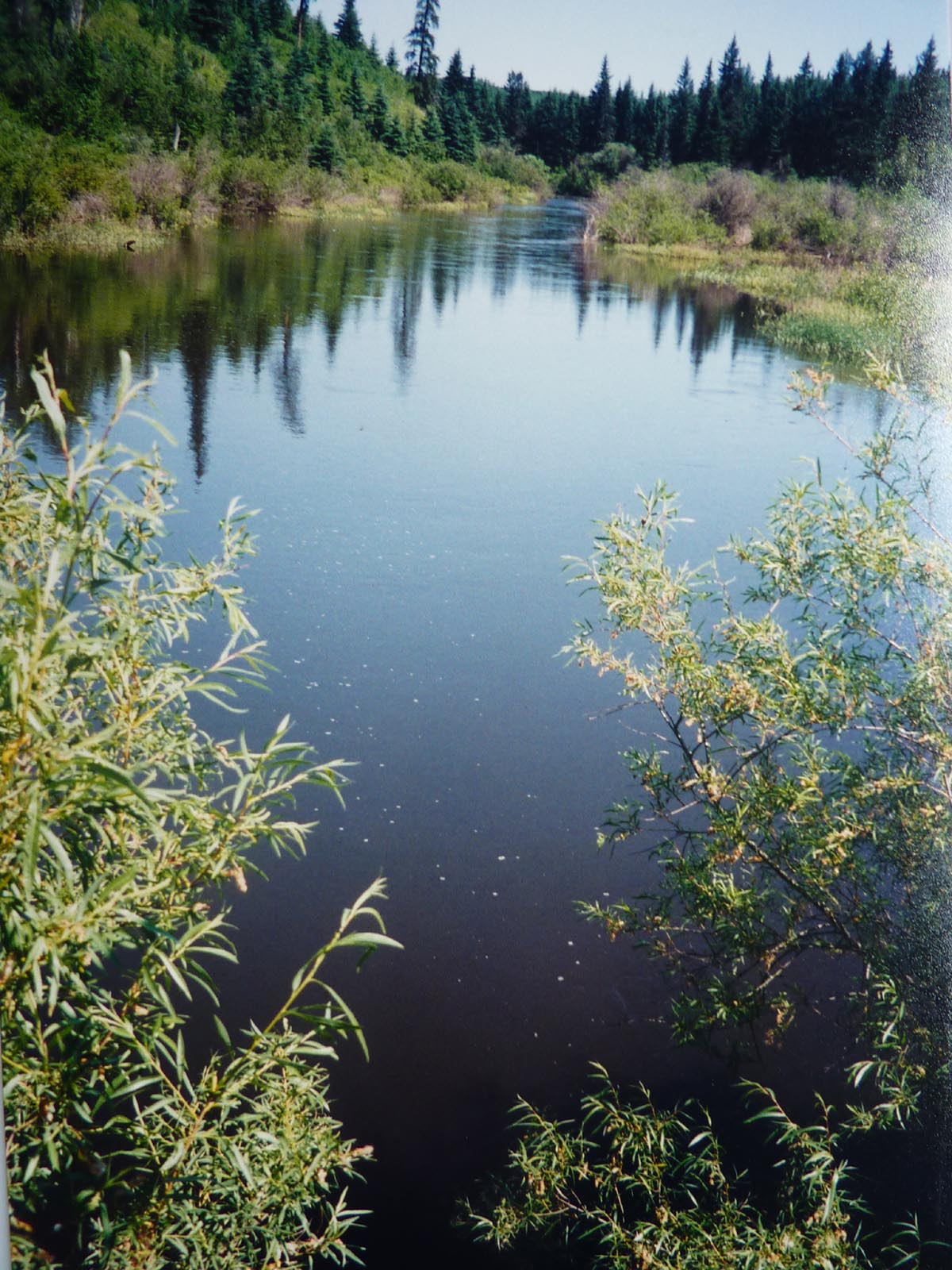
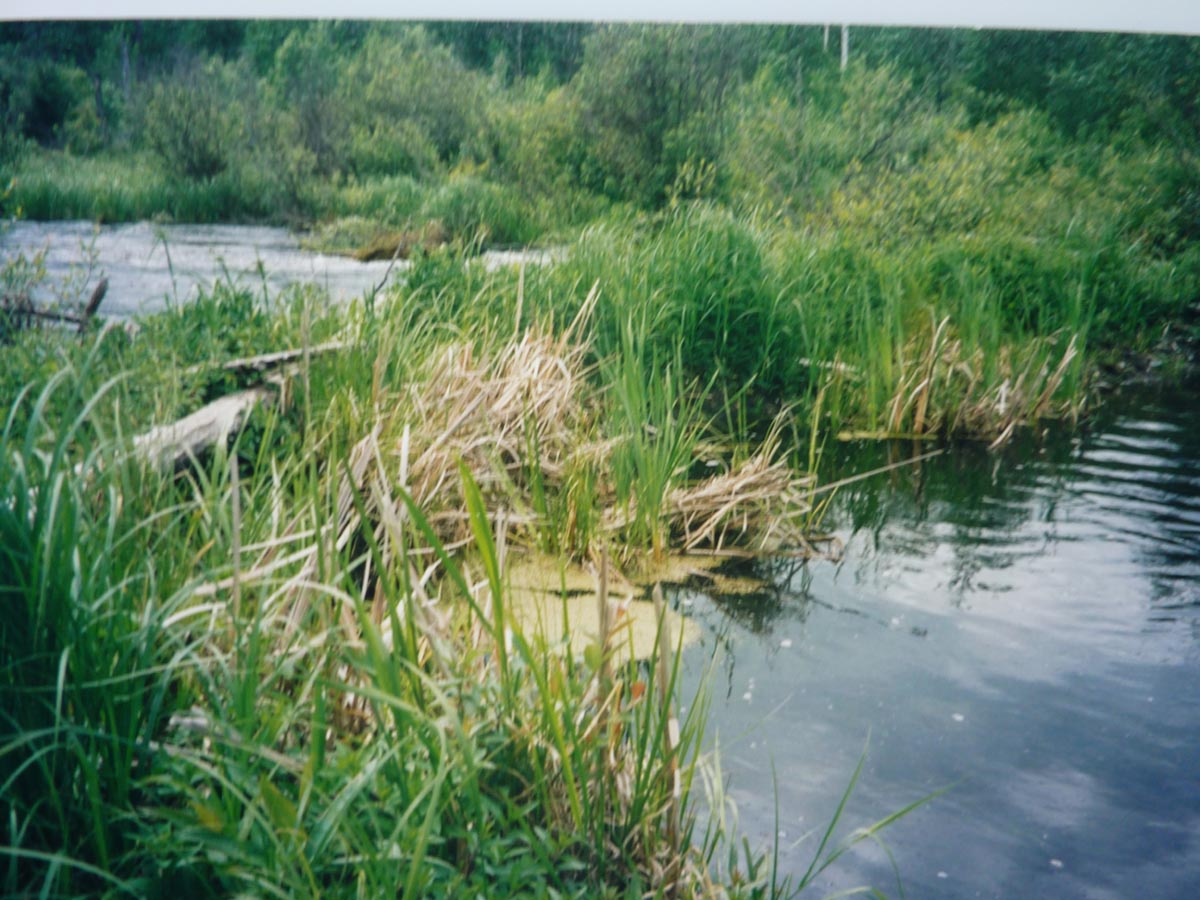
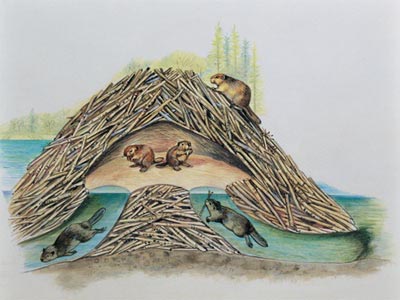
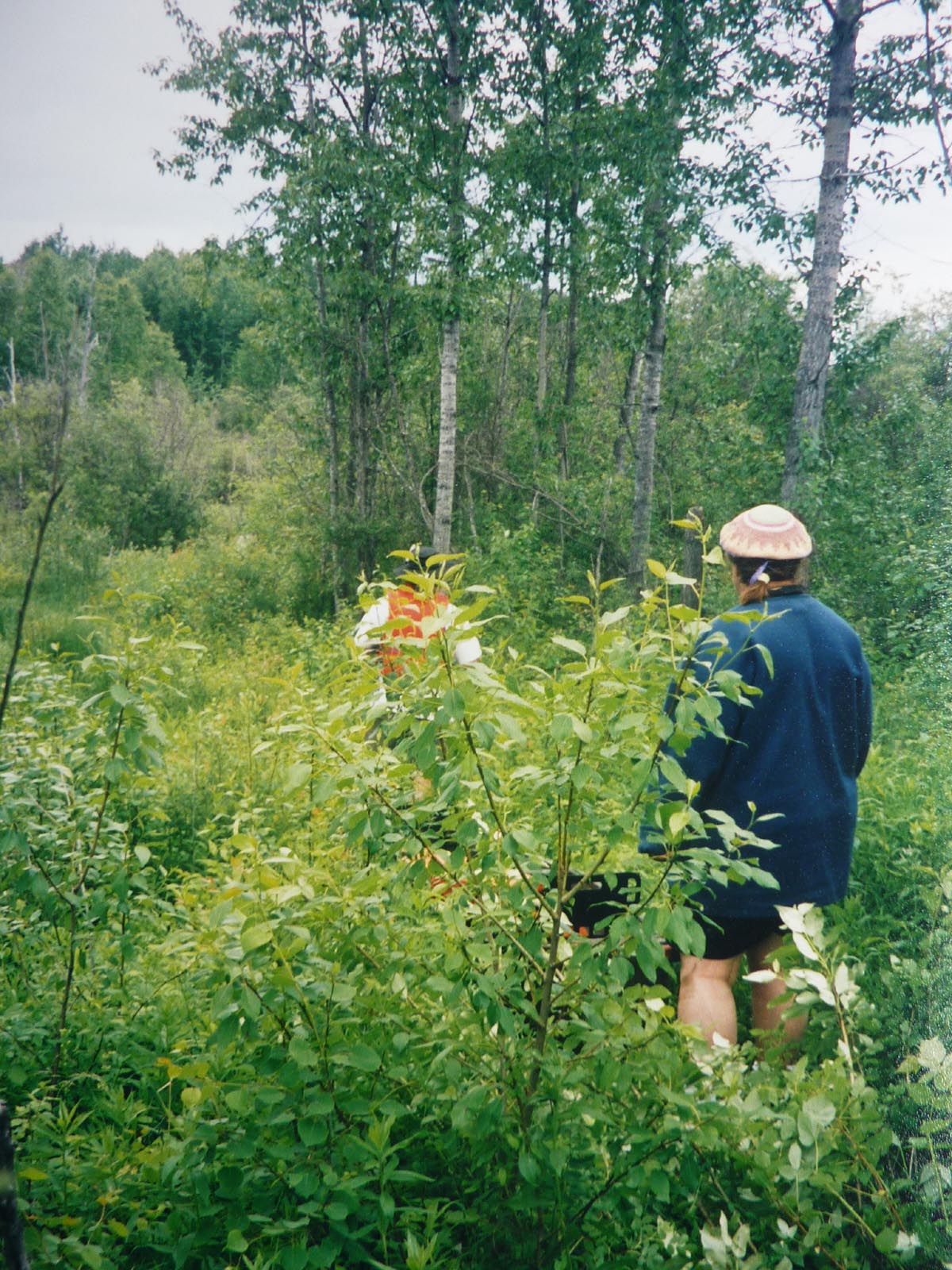
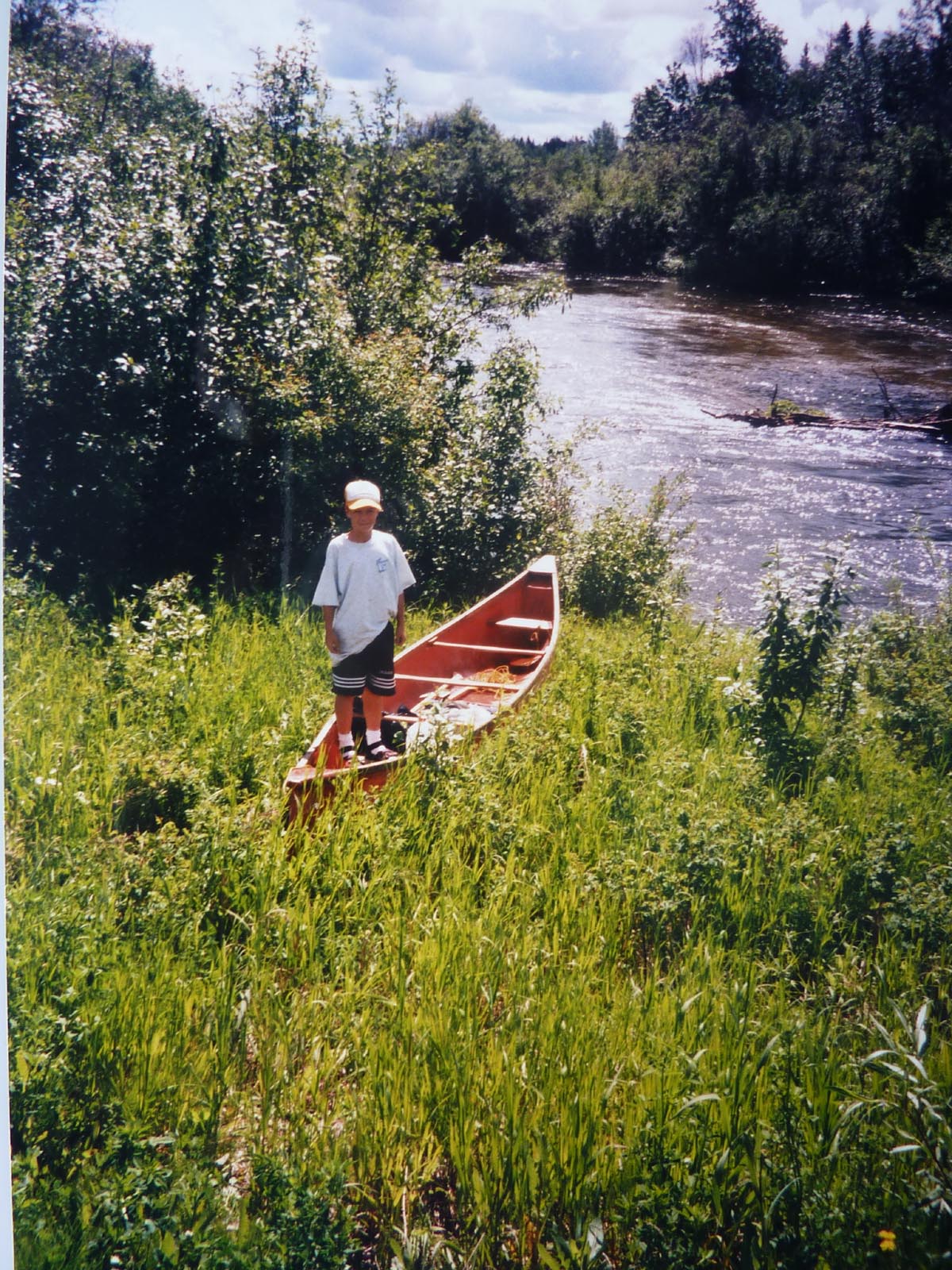
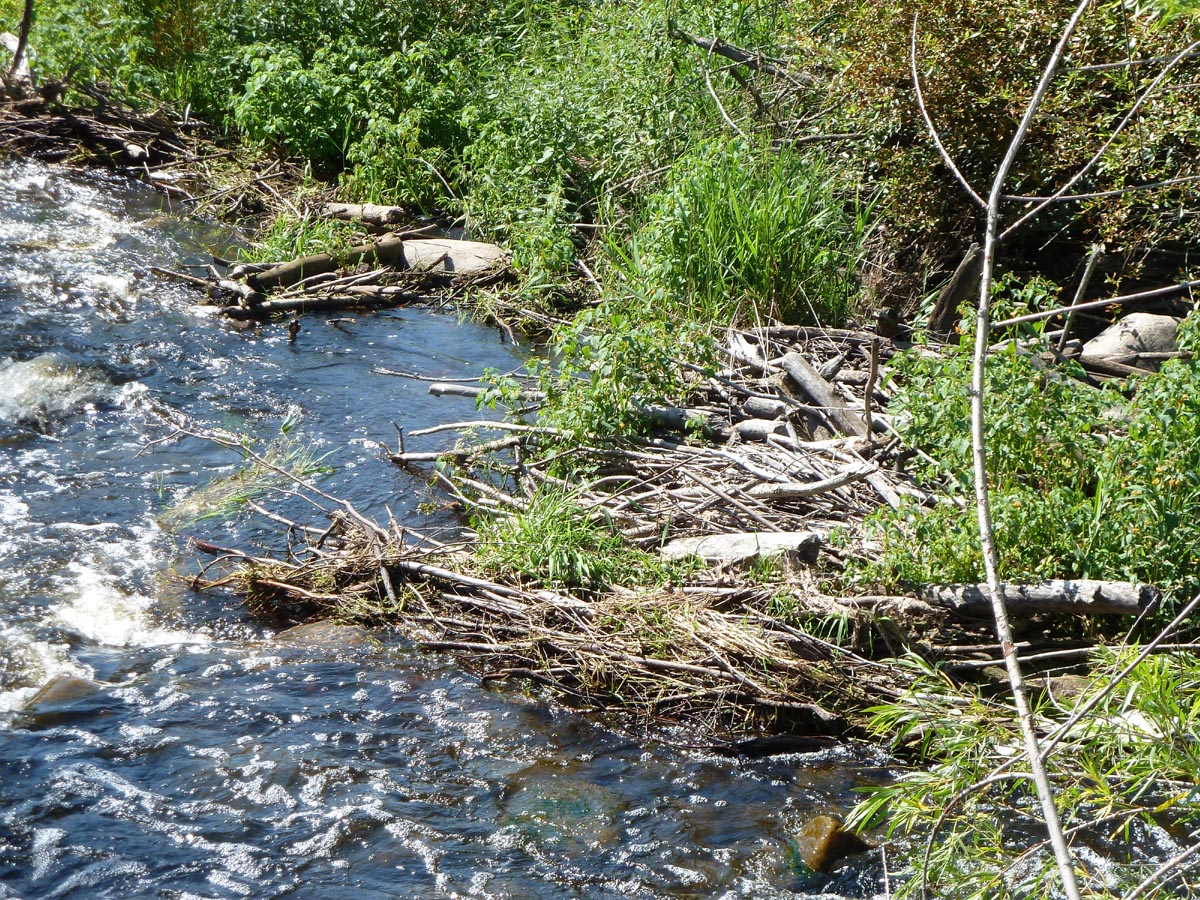
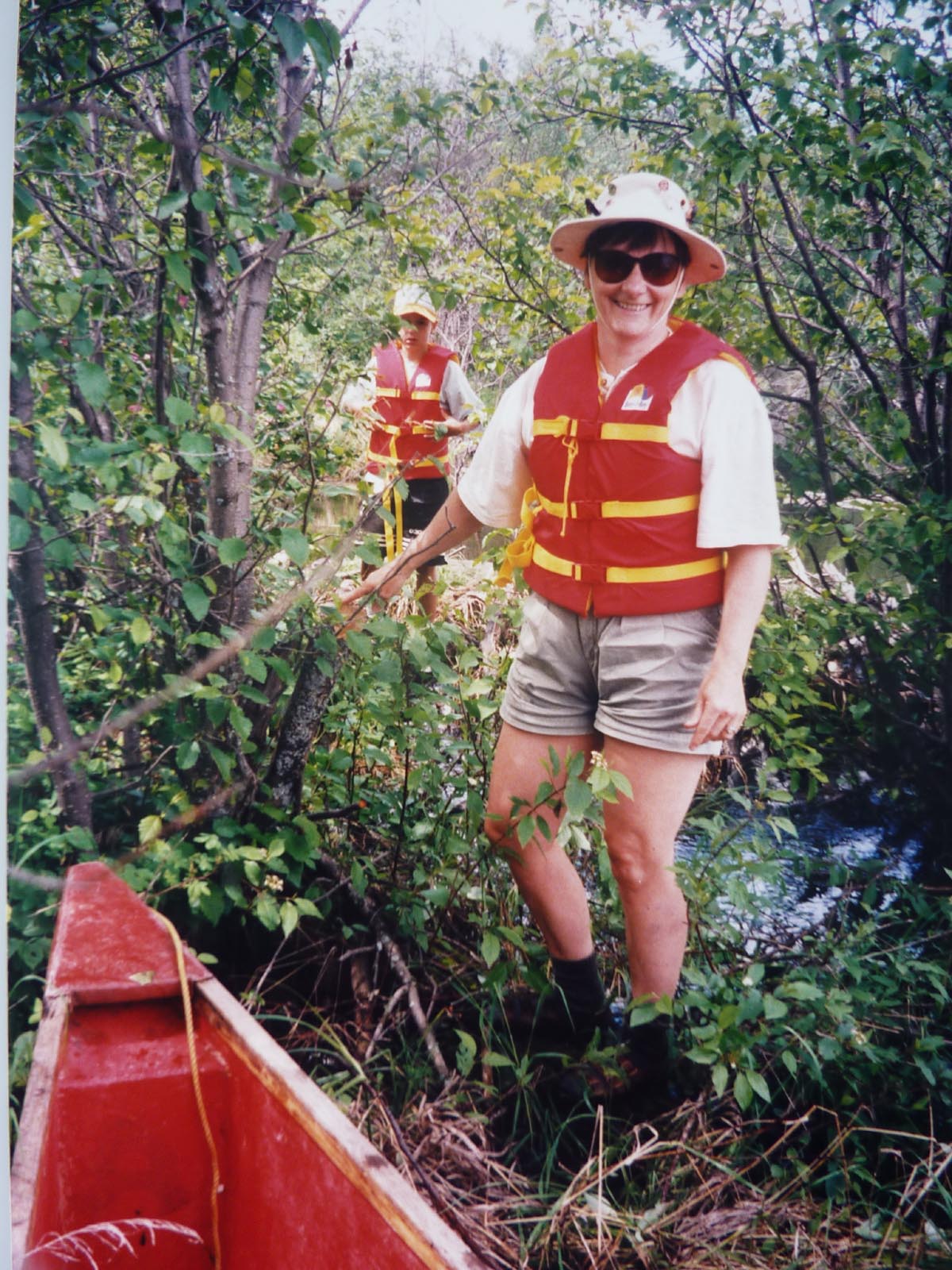
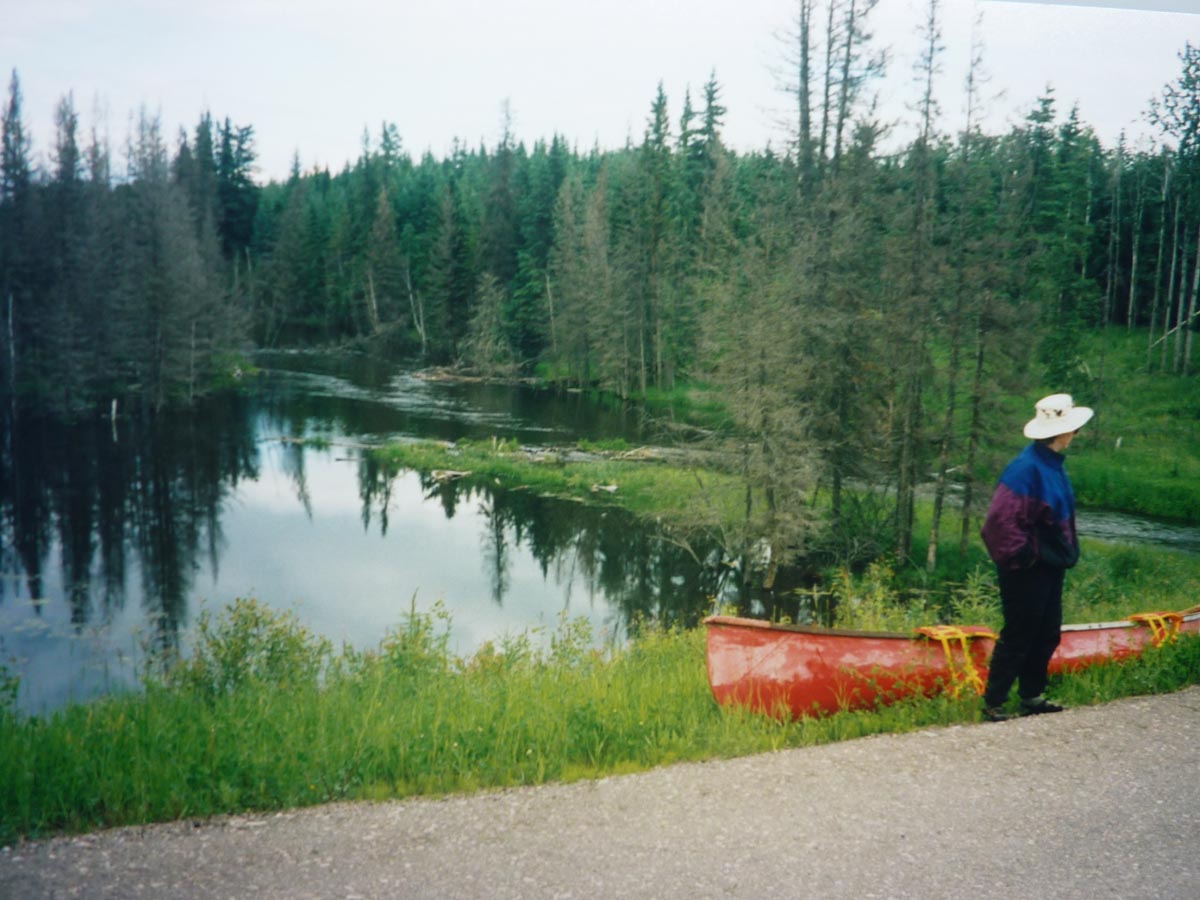
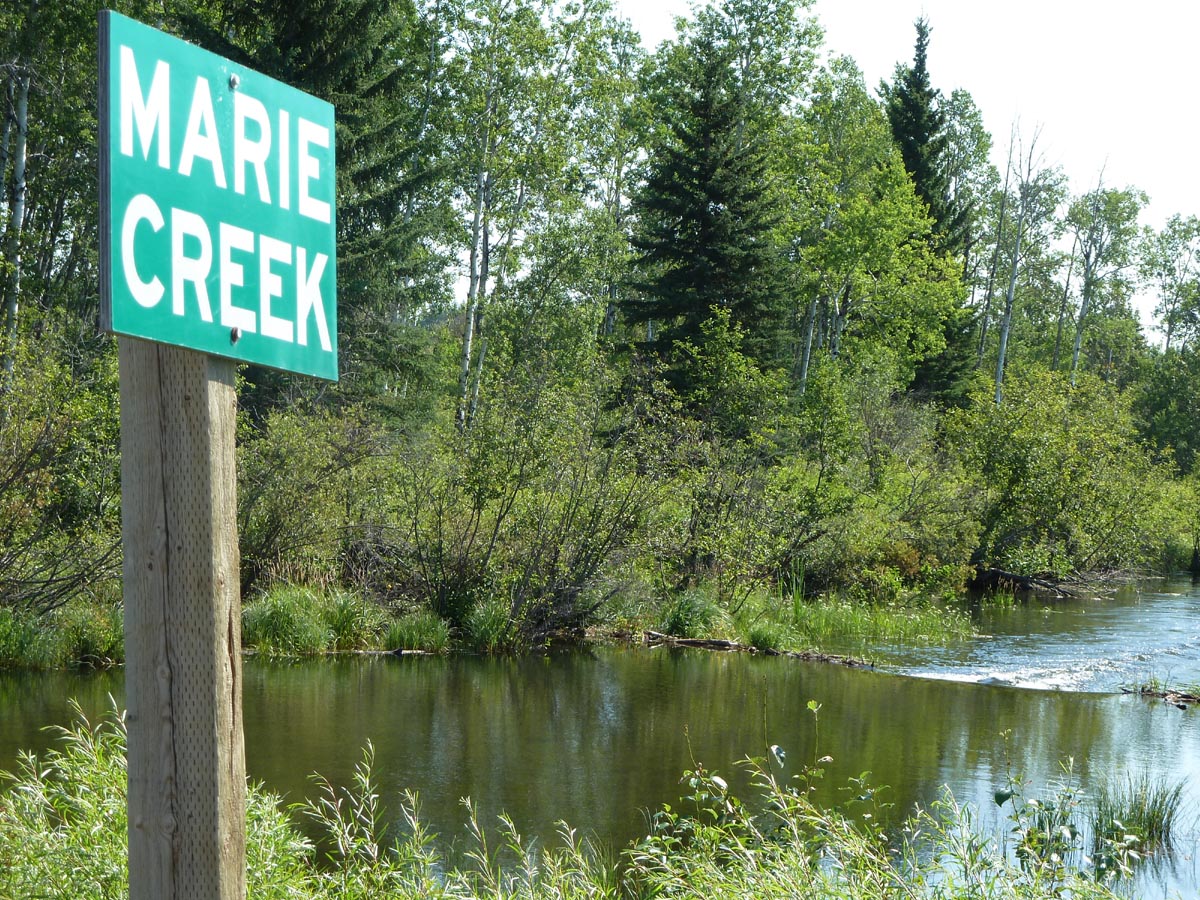
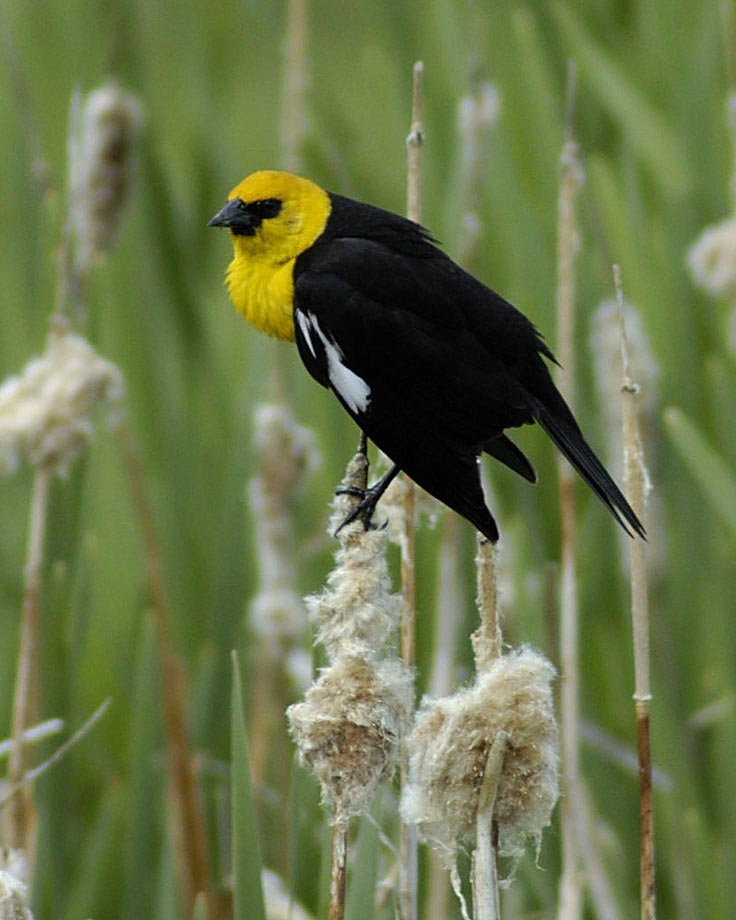
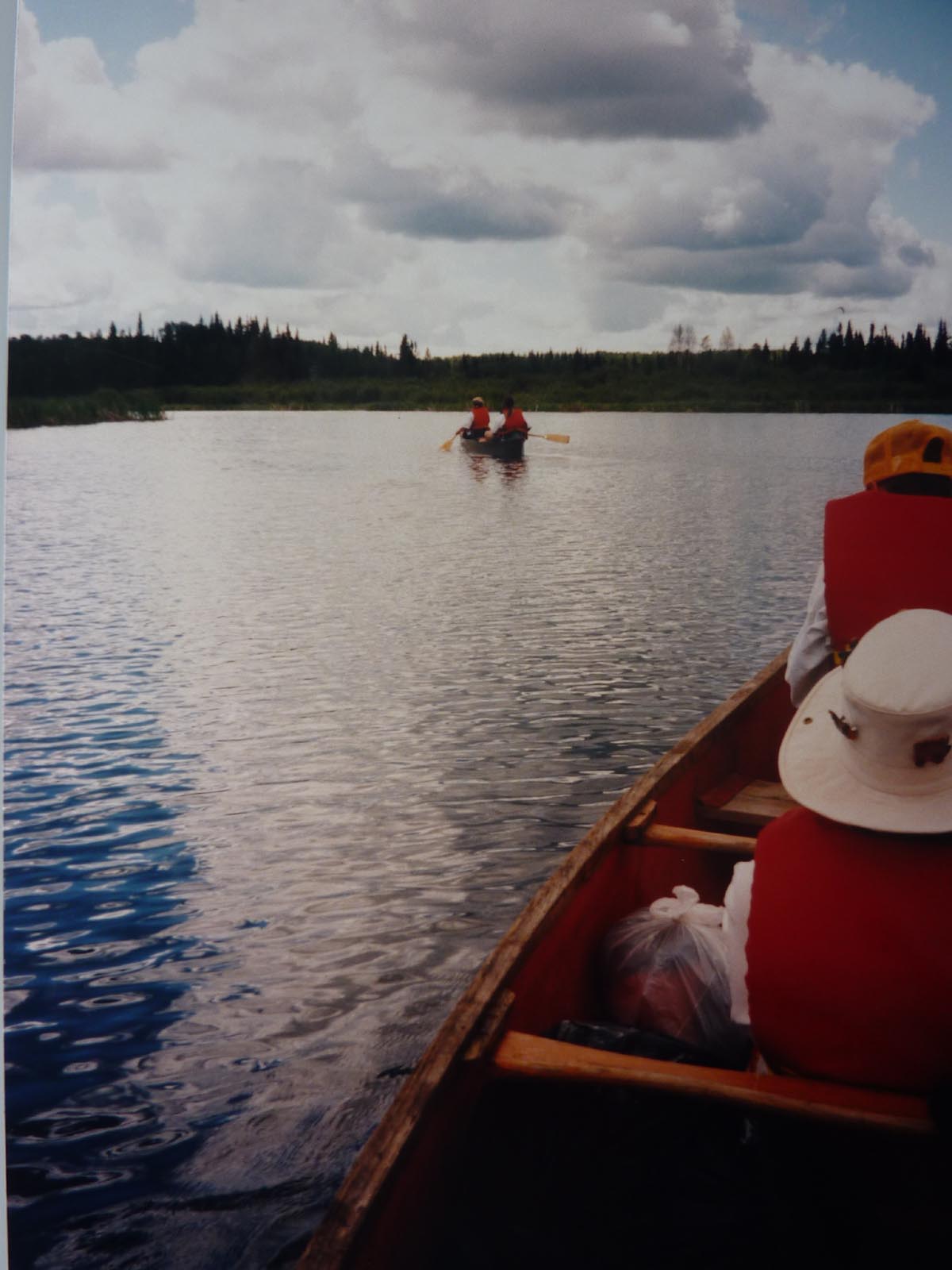
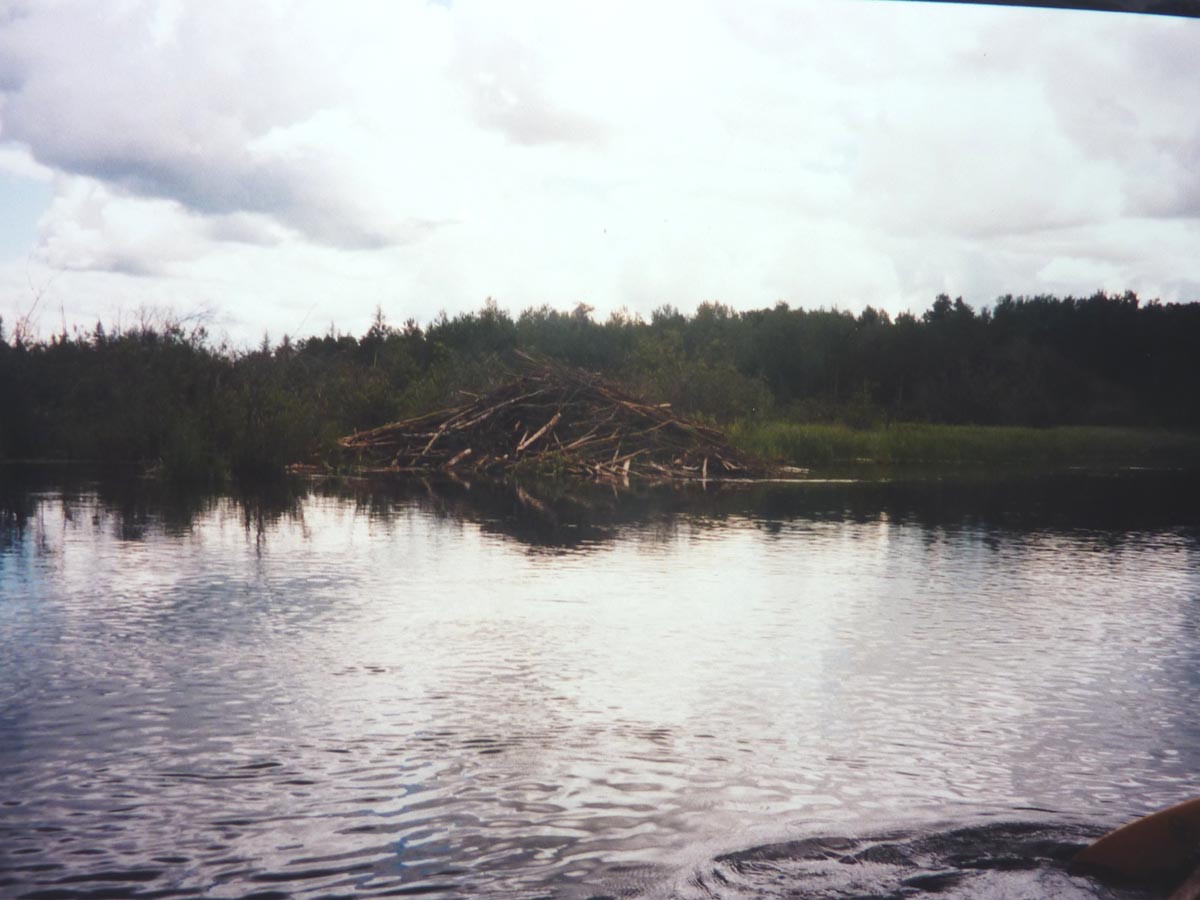
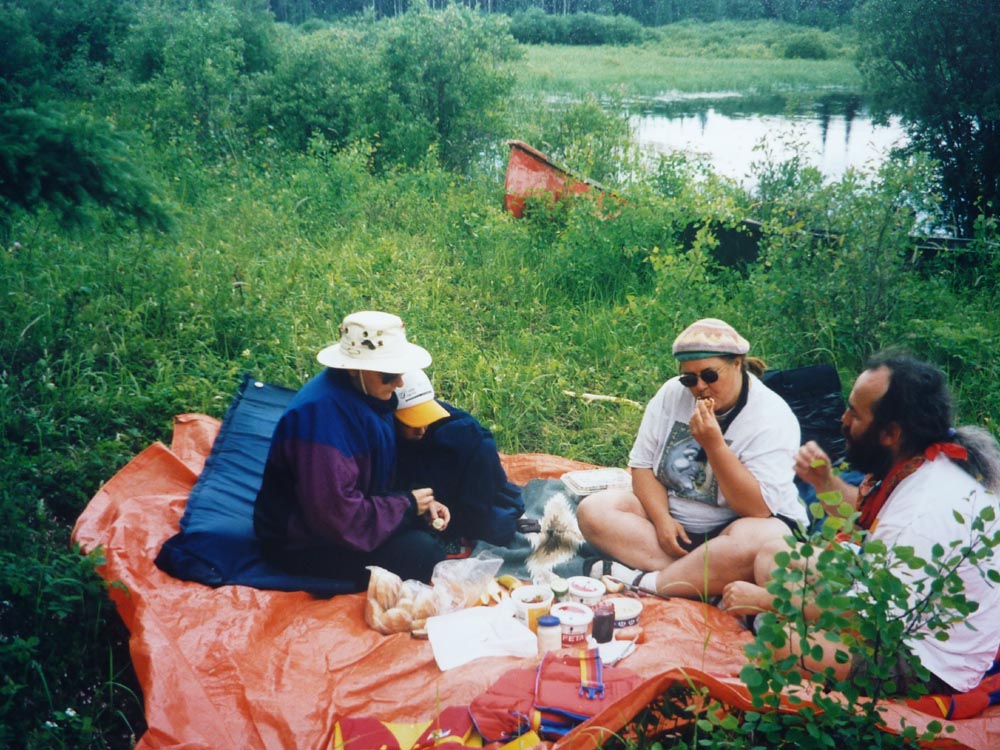
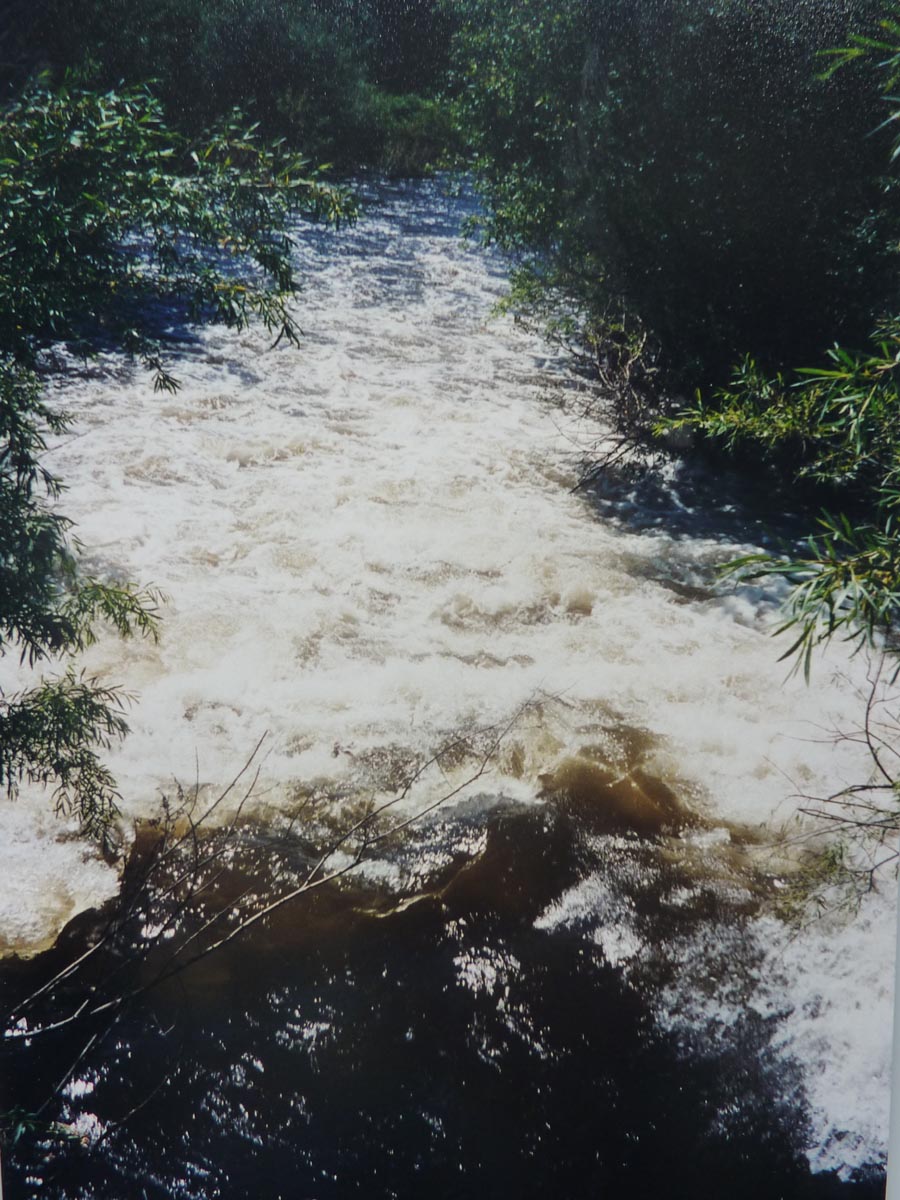
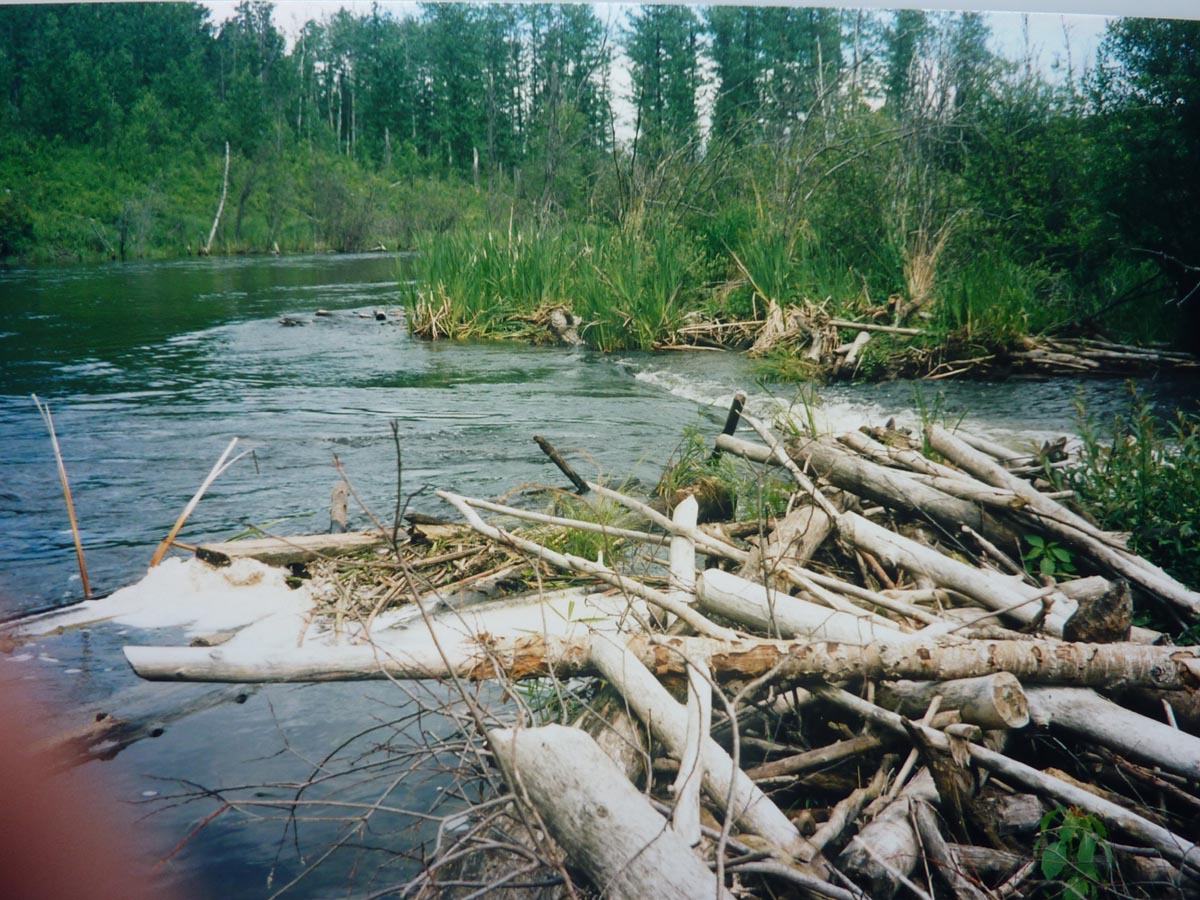
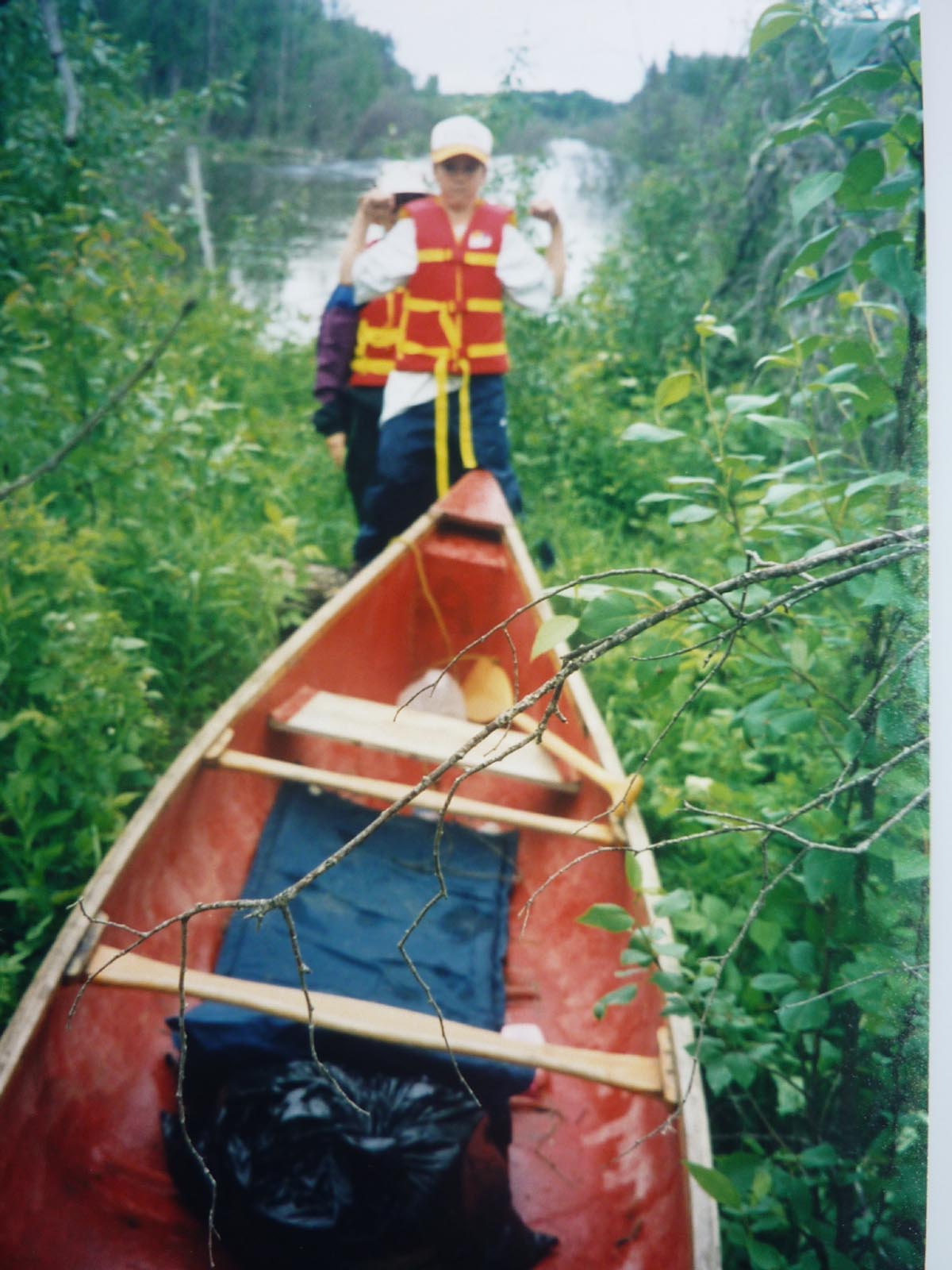
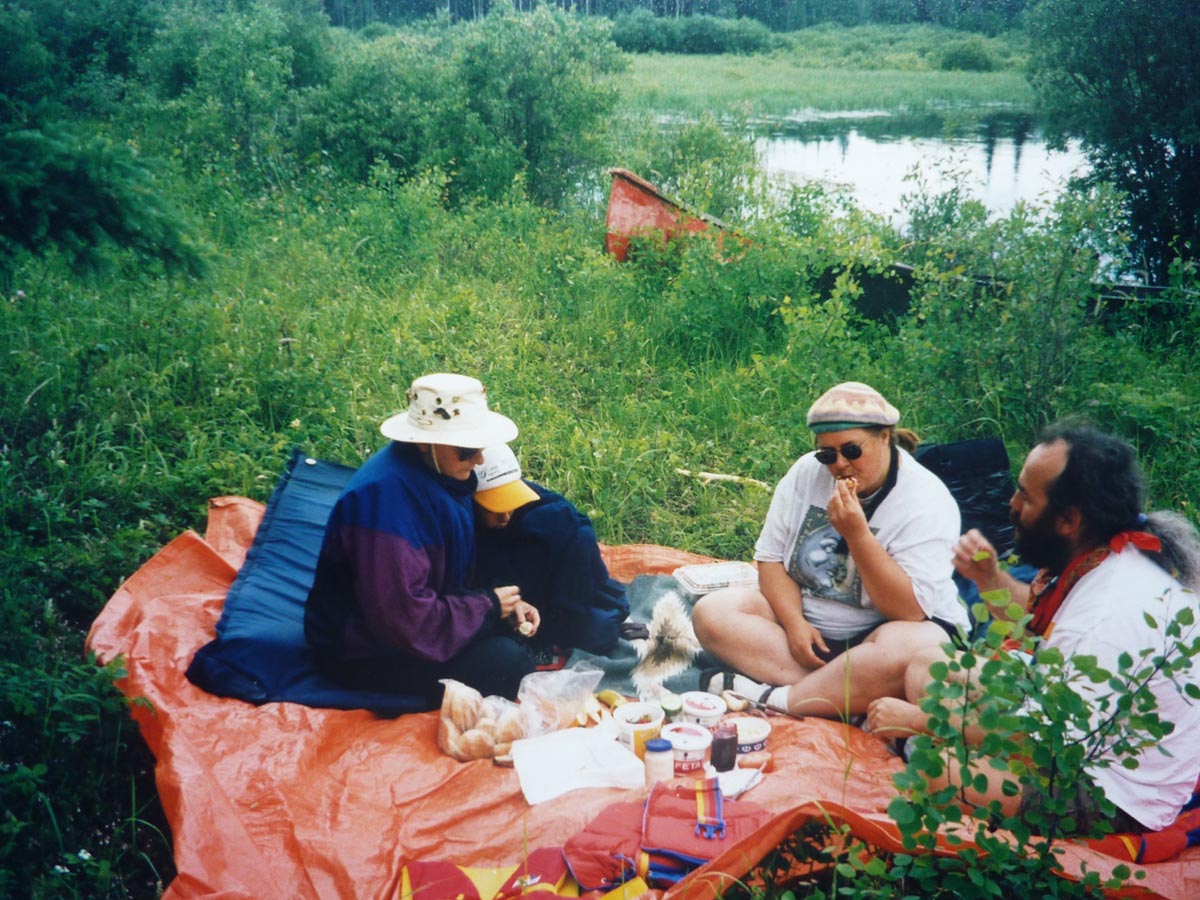
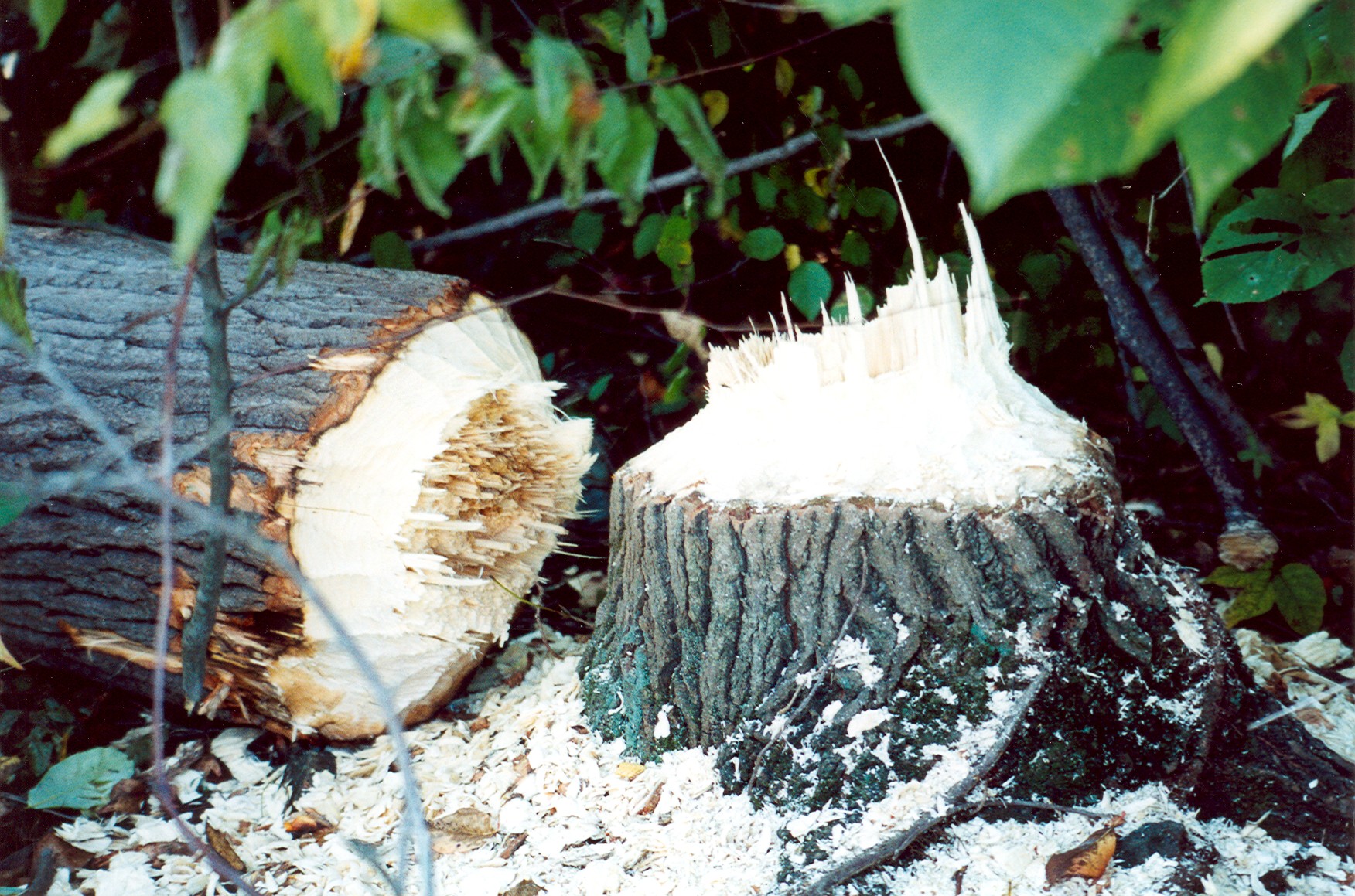
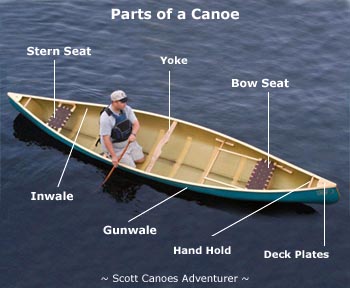
(1489)
Trackback from your site.

Comments (1)
Super story AND photo’s. Keep up the good works.